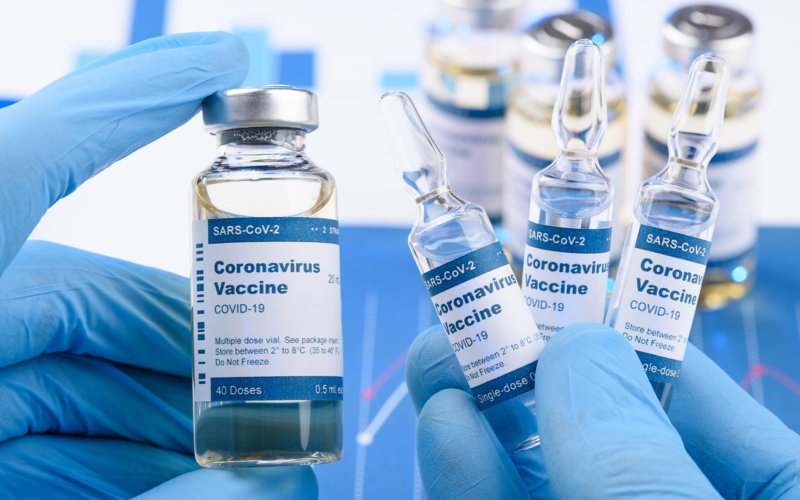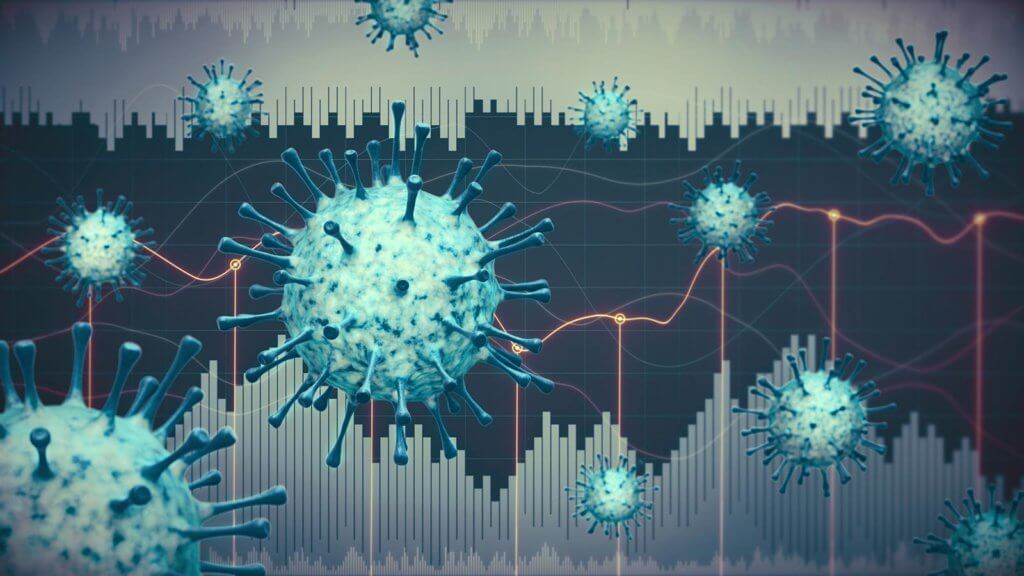
Updated March 22, 2021
With the celebration of Women’s History Month in March, it’s the time to highlight Cal State Fullerton science alumna and retired Rear Admiral Pamela M. Schweitzer for her contributions to the coronavirus pandemic.
Since the first doses of the COVID-19 vaccines in mid-December, Schweitzer, former U.S. chief pharmacist officer and assistant surgeon general, has been monitoring the rollout and helping to solve related issues. In Arizona where she lives, she is volunteering to give vaccines at mass vaccination events.
“It is such a rewarding experience to help people in our community. People are so relieved and happy to receive the vaccine,” she said.
She works daily with pharmacy groups on technical challenges related to data collection and vaccine administration systems. Schweitzer also is working to educate the public and build confidence in the three vaccines available: Pfizer, Moderna and Johnson & Johnson vaccine.
States are expanding priority groups almost every day, including in California.
“All adults should be eligible for the COVID-19 vaccine by May 1,” she said. “This is a very doable target date especially now that there are now three vaccines available in the United States, all which are very effective.”
Which vaccine should you get? “Whichever one is offered when it is your turn. They were all tested in different times and places. All three far exceed the Federal Drug Administration’s bar of 50% efficacy,” she said.
“By getting the COVID-19 vaccine, we protect ourselves, our children, parents, grandparents, and other loved ones.”
For those who already received a vaccination, Schweitzer advises to continue basic prevention steps of wearing a mask, staying away from large crowds, washing hands and social distancing.
Former U.S. Public Health Official Shares Insights on COVID-19 Crisis

Dec. 2, 2020
With COVID-19 cases soaring, Cal State Fullerton science alumna and former U.S. assistant surgeon general Pamela M. Schweitzer warns that the most difficult days of the pandemic are ahead — especially through the holiday season.
“I hope everyone keeps their family safe by following recommendations we know will reduce the spread of COVID-19,” said Schweitzer, retired rear admiral and the first female chief pharmacist officer of the U.S. Public Health Service.
During her four-year term, Schweitzer provided leadership and coordination to field officers to ensure they were prepared for deployment and assignments, including to such places as West Africa during the Ebola virus outbreak, Puerto Rico to tackle the spread of the Zika virus or other public health emergency responses.
Following her 29-year career in federal service and 2018 retirement, Schweitzer remains engaged in improving public health. As a volunteer and consultant, she is helping to combat the new coronavirus — the worst public health crisis in a century. She is involved in the planning for when a COVID-19 vaccine becomes available and is distributed, and is supporting pharmacies in the distribution and administration aspects.
“When the vaccine is available, there will be no out-of-pocket costs to patients. Pharmacies nationwide are partnering with the U.S. Department of Health and Human Services to make sure our communities have access to COVID-19 vaccines when they are available,” said Schweitzer, who earned a bachelor’s degree in biological science in 1982.
“Health care workers, nursing home patients and some higher risk patients will have priority to receive the vaccine. When it gets to my priority group, I will be getting COVID-19 vaccine.”
What is your reaction to the pandemic?
The pandemic has exposed vulnerabilities in our public health and social infrastructure. Public health programs have been underfunded for years and were not able to ramp up when needed. It’s been disheartening to see the health inequities based on income, ethnicity and geography. Communication challenges, including having access to reliable and accurate information, the varied response from state and federal government, mixed in with politics, has contributed to the confusion. People aren’t sure what and who to believe. On the positive side, it’s been impressive to see how communities, organizations and businesses are adapting, working together and being innovative as they adjust to the new normal.
Why is the pandemic so widespread in the U.S.?
The pandemic is challenging enough without adding in the surge of rumors, conspiracy theories and misinformation regarding the etiology, outcomes, prevention and cure of the disease. In some parts of the country, public health measures are ignored or conflated with politics, which has made it especially concerning because of all the misinformation. There is also distrust of the federal government and the media. This has resulted in people not wearing masks and not following public health measures to curb the spread of the virus, which has contributed to COVID-19 superspreader events. However, we’re starting to see some changes with the new presidential administration. The Centers for Disease Control and Prevention is becoming more definitive in their guidance and the Food and Drug Administration is planning to be more transparent in posting scientific data to support the issuance, revisions or revocation of emergency use authorizations.
How has the U.S. Public Health Service helped?
The U.S. Public Health Service Commissioned Corps are America’s health responders and have been on the front lines of the nation’s response to the COVID-19 pandemic. As of October, more than 4,300 of the 6,100 Commissioned Corps officers have deployed during the pandemic in support of worldwide efforts, including to the Diamond Princess cruise ship in Japan and returning Americans abroad to our military bases. These officers have assisted community-based testing sites with testing and provided infection control and clinical care to long-term care facilities, hospitals and field hospitals in hard-hit communities across our country.
What would you like the public to know about this health crisis?
The pandemic has been overwhelming for our health care system. The true heroes are the front-line health care workers; many have been infected and died due to COVID-19. Because of the surge in cases, there is another shortage of personal protective equipment, including N-95 masks, gloves, gowns and face shields. Health care workers are exhausted. This is unsustainable. The least we can do is our part to minimize the spread: watch distance, wash hands, wear a mask — and get a flu vaccination.